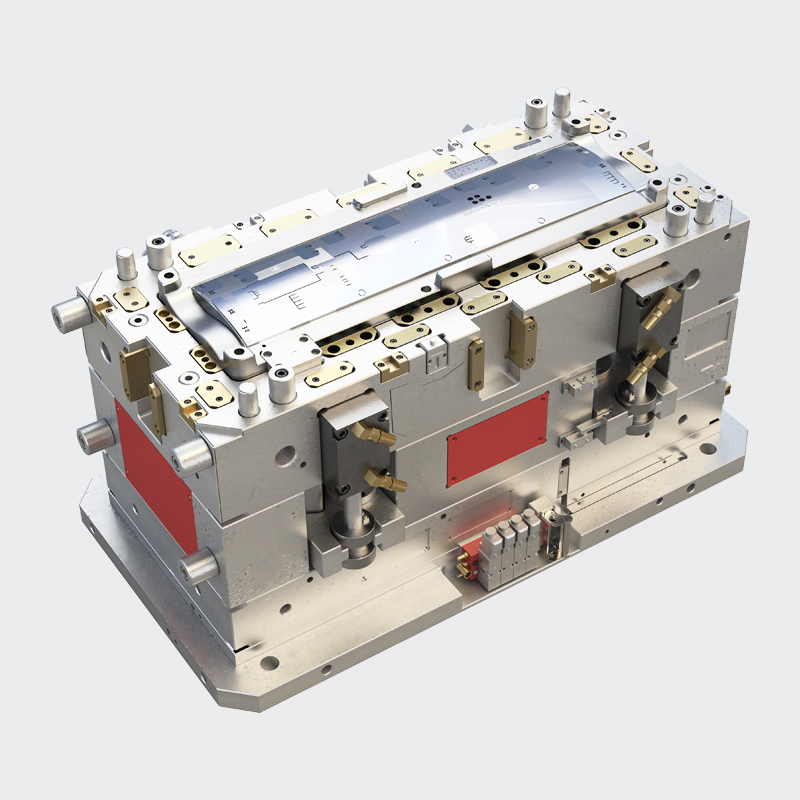Hot runner technology has become an important way for t […]
Hot runner technology has become an important way for the development of plastic injection molding process with low reject rate and shortening molding cycle time. Hot runner system is widely used in injection molding process. So how to choose the right hot runner system to play the greatest advantage in the development of injection mold customization? We need to consider the following aspects.
Injection pressure
The pressure drop of hot runner injection system should not be ignored. Many users of hot runner systems misunderstand that the plastic melt inside the hot runner is always hot, so the injection pressure drop of hot runner is much smaller than that of cold runner. In fact, in order to meet the needs of hot runner design, the melt flow length in hot runner system will be greatly increased, so the pressure drop of hot runner injection system is very large, so it can not be ignored. In practice, a lot of situations will occur when it is difficult to inject due to the large drop of injection pressure. Therefore, for some plastic resins, such as PC and POM, the melt flow performance is poor, and some larger parts need long melt flow. In order to fully fill, we suggest to conduct the mold flow analysis in advance.
heating
The main difference between hot runner systems is the way the melt is heated. The heater in the heating system is directly installed on the melt channel, and the material is heated inside. The external heating system heats the material from the outside so that the material can flow through the flow channel without any obstruction. External heating can provide more reasonable shear stress curve.
Gate type
There are many gate types available for injection mold. Factors to consider include: gate location and material type, and different types of gates are limited to specific materials. Understanding the gate and material of the injection mold is helpful to make the appropriate choice.
Standard or customized
In general, hot runner vendors provide solutions for custom hot runner systems and standard hot runner systems. If possible, try to choose standard hot runner system, including standard length and size nozzle, runner plate, gate insert, etc. This is not only because the standard hot runner system has high cost performance and short delivery time, but also because of the interchangeable parts and easy maintenance.
Plastic processing type
Plastic resins must be considered when selecting hot runner systems for injection molds. For example, if we process glass fiber reinforced plastics (such as glass fiber reinforced nylon materials), the gate insert can provide good wear resistance. If the plastic resin to be processed is easy to decompose (PVC), an external heating system runner should be used to avoid melting dead corners. If we are dealing with resins with poor melt fluidity (e.g. PC), we need to give priority to the use of larger nozzles and larger cross-sectional channels.
Runner size
In order to ensure the best performance, the processing conditions of the specific resin must be analyzed. Therefore, not only the weight of the product, but also the appropriate melt channel size should be calculated, including melt flow index, injection time, injection molding cycle, melting temperature, etc. The correct runner size is very important for the performance of hot runner, otherwise it will lead to performance degradation or uneven or incomplete filling of plastic injection molding parts. In order to determine the optimal size of melt runner, you need to consider pressure drop, residence time, temperature, shear rate and frequency, etc.
Multi zone temperature control
If the user needs large-scale, complex hot runner systems, or temperature sensitive plastic resins using narrow processing parameters, a multi zone temperature controller system should be used, which allows temperature regulation. The ideal hot runner system should have a uniform temperature distribution, but in practice, they may differ due to the following factors: the quality of the hot runner heater assembly, the heat loss at the joint between the mold hot runner system and the injection mold.
